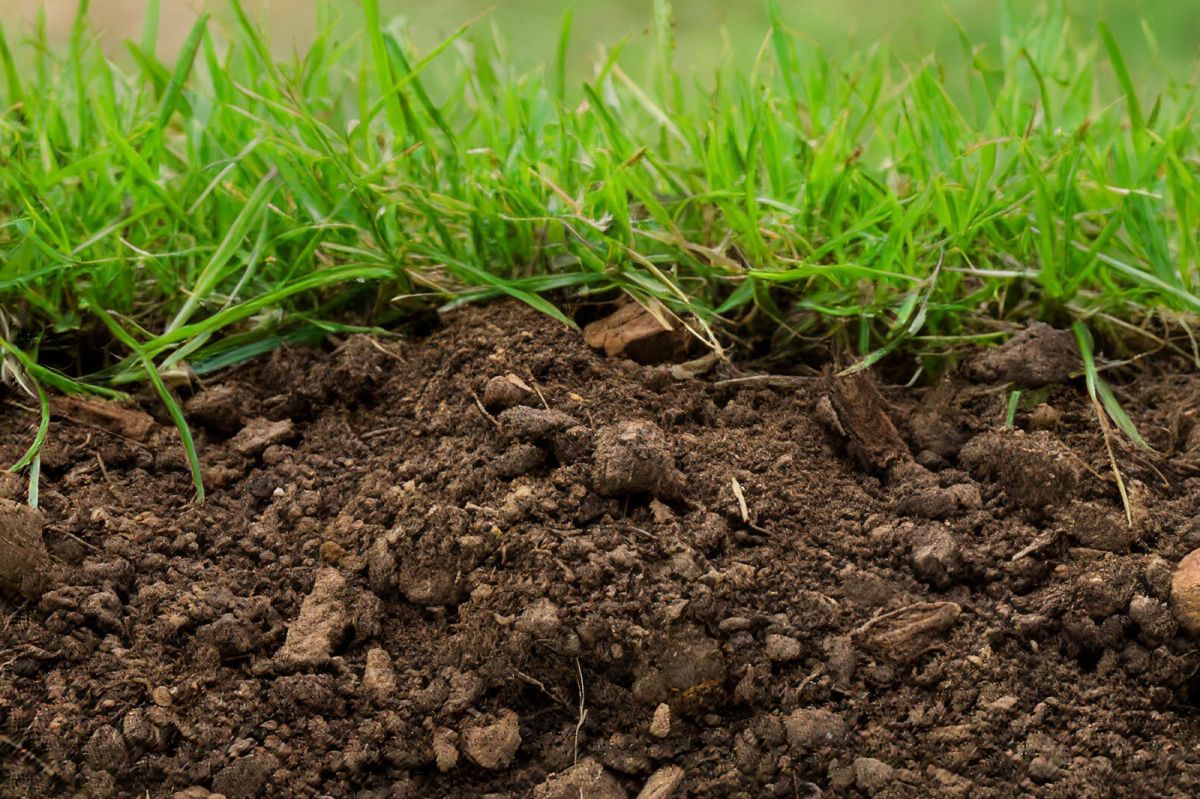Soil DNA project could help prevent disease and improve food security

In a first-of-its-kind effort on a national basis, Irish scientists are broadening their focus on soil microbiome – rather than the far better-known human or animal microbiome. This ground-breaking project employs metagenomics, which allows scientists to study all the tiny life forms in the soil at once and provide a more complete picture. It can be described as the world’s largest jigsaw puzzle, with elements of microbial genetic makeup being categorised and matches sought by machine-learning programmes, aiming to provide a detailed look at the soil's genetic make-up across Ireland – and ultimately develop a quick system to assess soil health.
Rose Edwin, the PhD student leading the research, believes that an understanding of the soil microbiome is as important as the understandings of food, human, and animal microbiomes, but with far greater implications for human health than previously thought, as well as food security, and environmental sustainability.
“Similar to other microbiomes, there are microbes – bacteria, fungi, archaea, protozoa, and viruses – that perform specific tasks and identifying them and their presence in soils is of major importance,” Rose said. Microbes, she explained, have symbiotic relationships with plants, playing a pivotal role not only in their growth, but also in their ability to resist disease and withstand drought conditions. “We’re also working on identifying anti-microbial resistance (AMR) in the soil microbiome, where through billions of years of evolution, microbes have developed resistance to antibiotics or other drugs. Soils are the source of many of the antibiotics we use clinically and a natural reservoir of AMR but AMR can also be transmitted to the soil, and potentially into the food chain, through human activity.” She said that the ability to address AMR would prevent large numbers of avoidable deaths and would save billions in medical care costs. A report by the World Bank Group notes that a high-case AMR scenario may cause low-income countries to lose more than 5 per cent of GDP and force more than 28 million people into poverty by 2050.”
Beyond human health, plant growth and soil health – all of which are central to the sustainability of Ireland’s dairy industry – the soil microbiome also holds the key to how much of society’s carbon emissions can be sequestered by the land. Currently it is believed that carbon sequestration in Ireland could be underestimated and an understanding of how microbes work with plants to sequester carbon could be one of the keys to unlocking this puzzle.
“We already know that white clover works with Rhizobium bacteria to fix nitrogen in the soil, reducing the need for chemical fertilisers and thereby helping reduce agricultural emissions.” Rose said. “Identifying the genetic makeup of the microbes that interact with plant species to cycle carbon would greatly advance our understanding of how to encourage the carbon sequestration process.”




